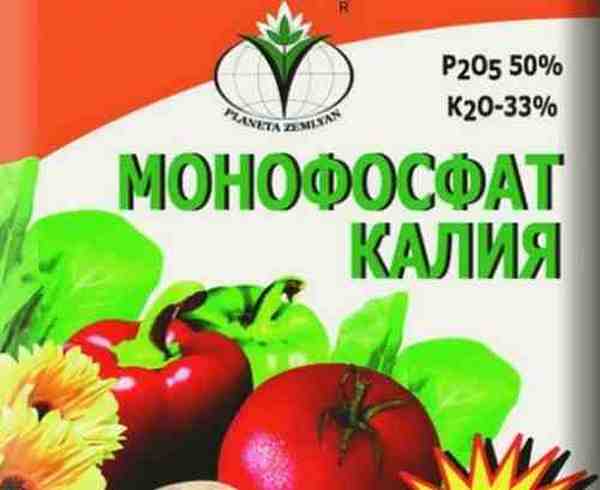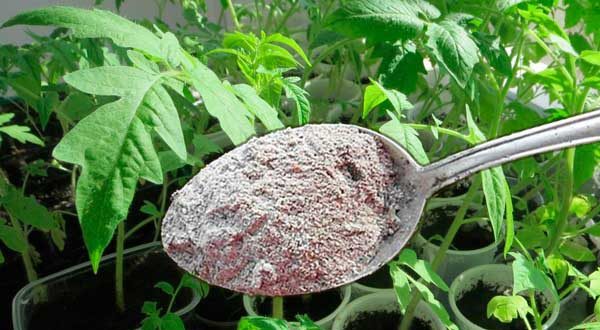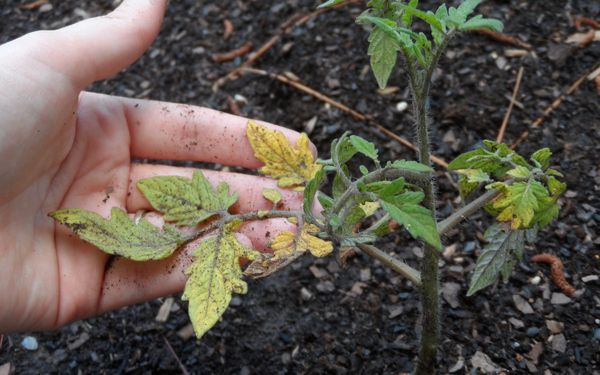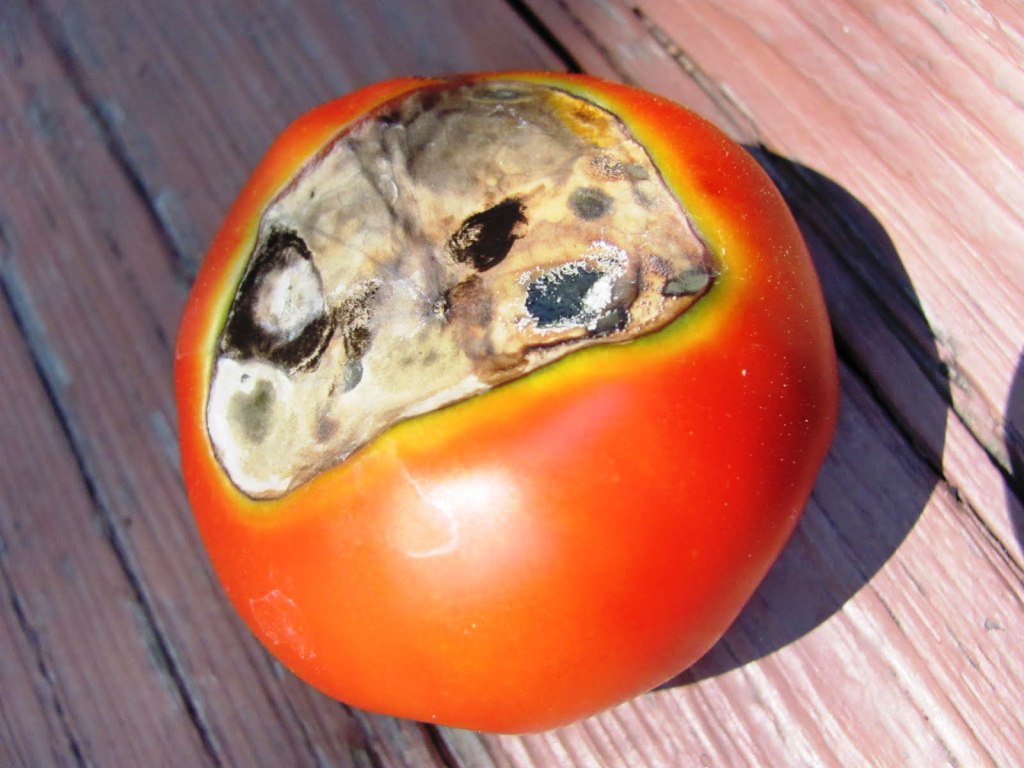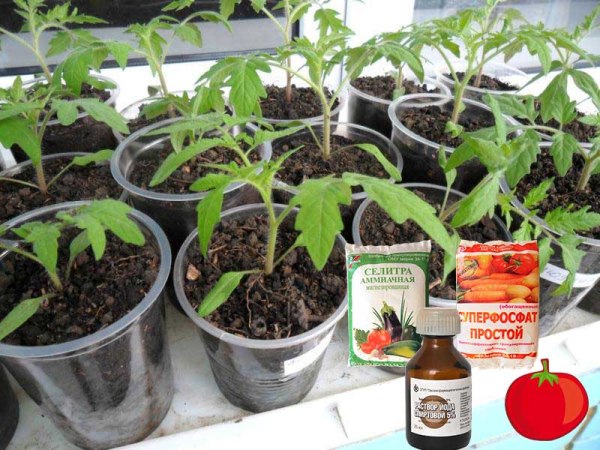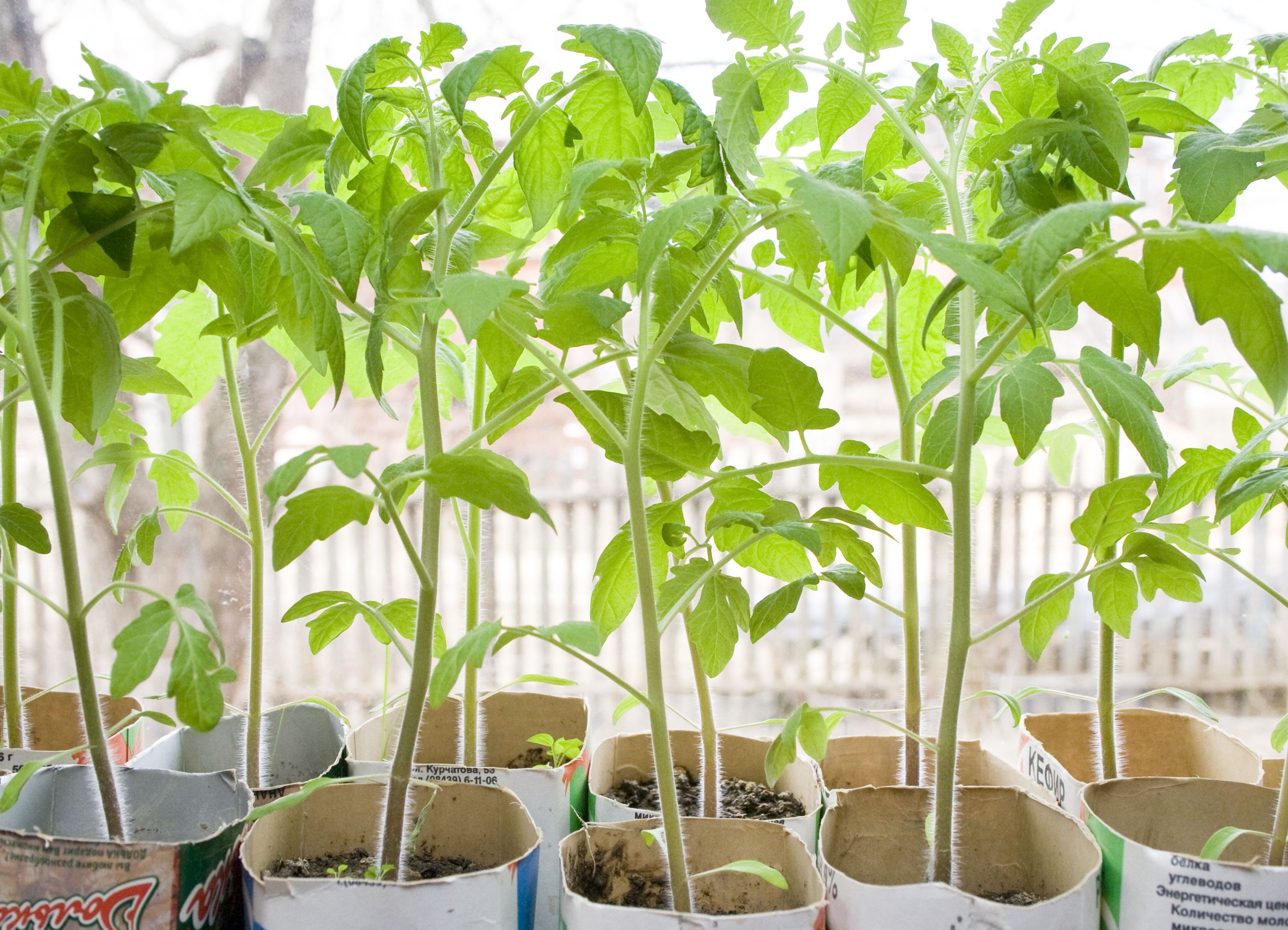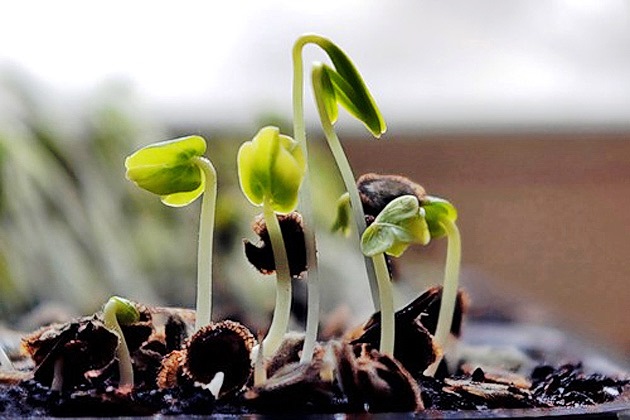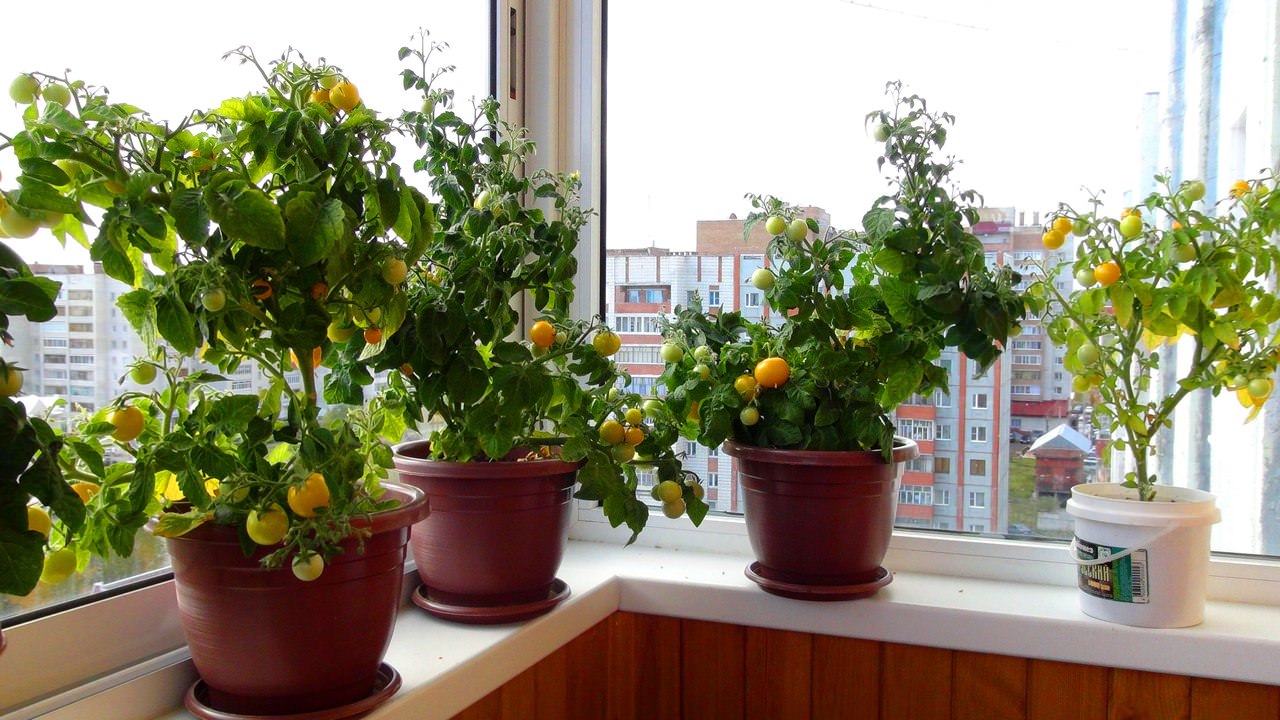Content:
Every summer resident wants the planted tomato bushes to grow strong and strong, build up a sufficient amount of vegetative mass, bloom actively and form a large number of ovaries, from which a good harvest will grow. However, this is not enough to plant plants in fertile soil, water them and loosen the soil. Tomatoes should be fed during the growth of seedlings and bushes transplanted to a permanent place.
You need to apply top dressing according to the schedule, since at different stages of growth these vegetables need specially formulated dressings. The yield of this vegetable plant depends on how and when the necessary nutrients are introduced into the soil. In particular, potassium monophosphate is an excellent fertilizer for tomatoes. Why this fertilizer is so useful, how and when it should be applied under tomatoes - this and much more will be written below.
What is Potassium Monophosphate
Potassium monophosphate is one of the most commonly used fertilizers for vegetable crops, because it contains the necessary elements for their growth and development (potassium and phosphorus), and there are simply no other ballast chemical elements in this compound. The substance is available in powder form or in the form of brown granules.
The composition of potassium monophosphate does not contain harmful impurities and heavy metals, which makes the drug environmentally friendly, unlike some other mineral fertilizers.
The approximate content of the main elements in the composition of this fertilizer:
- potassium - not less than 32%;
- phosphorus - not less than 50%.
Both powder and granules of this drug dissolve well in boiling water. But usually vegetable growers use granular potassium monophosphate for tomatoes and other vegetables, because it can be easily diluted even in ordinary cold water before drinking.
The main advantages of this fertilizer include:
- the optimal ratio of potassium and phosphorus in an easily digestible form, thus improving fruiting, increasing plant resistance to major diseases, "harmful" bugs and temperature fluctuations;
- this preparation promotes the growth of lateral stems with flower buds better than other dressings;
- good solubility is a sign of better assimilation of active substances of potassium monophosphate by all parts of plants
- plants do not have an excess of potassium monophosphate, because they regularly absorb only the required amount of trace elements that make up its composition;
- this drug can be used simultaneously with pesticides;
- potassium monophosphate is quite effective as a prophylactic agent in the fight against powdery mildew, as well as with a number of other fungal diseases;
- absence of impurities - a guarantee of the absence of a negative effect from the use of the product;
- the solution of the drug does not change the acidity of the soil;
- ripening tomatoes accumulate more sugars and vitamins, which significantly improves their taste;
- the fruits themselves become smoother and more beautiful;
- potassium monophosphate has a beneficial effect on soil microflora.
But this substance also has negative sides:
- this substance does not accumulate in the soil and decomposes extremely quickly. Therefore, in solid form, there is no benefit from it as a top dressing; it is better to add liquid top dressing of potassium monophosphate to the soil;
- it is also useless to add it to the ground before the autumn digging - the drug will quickly decompose in the ground and will be lost for plants planted in spring;
- the most effective feeding with the drug is only in warm and moderately humid summers, and in greenhouses - if there is enough light and with regular ventilation;
- on the beds in which this fertilizer is introduced, the weed “fattens”, so vegetable growers have to spend more time and energy on weeding the beds;
- this drug absorbs moisture well, while decomposing and losing its properties. Therefore, it is recommended to purchase packaging for immediate consumption. It is also impossible to prepare a solution for future use;
- Calcium monophosphate should not be used simultaneously with preparations containing magnesium and calcium.
How to use potassium monophosphate for feeding tomato seedlings
Monopotassium phosphate for tomatoes is extremely useful:
- it accelerates the growth and development of shoots and buds;
- strengthens the immunity of seedlings and adult plants, as a result, tomatoes practically do not get sick and are not affected by pests, which has a positive effect on plant development and leads to an increase in yield;
- promotes the development of the root system.
Therefore, we can talk about the versatility of the drug.
Based on the advantages and disadvantages of this fertilizer, potassium monophosphate can be used not only for tomato seedlings, but also introduced into the beds immediately before planting seedlings in open ground, and also used for foliar spraying. Top dressing "at the root" and "on the leaf" should be alternated with each other, in this case, you can achieve higher yield of tomatoes.
Monopotassium phosphate: application for tomatoes
The dosage of the drug in the preparation of liquid feeding depends on the methods of using the finished solution. Usually, when preparing a solution of monopotassium phosphate, you need to adhere to the dose indicated in the instructions for its use.
If you want to water the soil in a greenhouse where tomato seedlings grow (or in containers with seedlings grown at home), you need to adhere to the following norm - dilute 5 g of the drug in 5 liters of water. For 1 m2 of area, 5 liters of such a solution should be spent.
After the plants are planted in a permanent place in the beds in the garden or in the greenhouse, the dosage of potassium monophosphate when preparing the solution will be slightly different. In this case, 14-20 g of this granular preparation is diluted in a bucket of water. When watering recently planted seedlings per 1 m² with such liquid fertilizer, no more than 4 liters of solution is required. For adult plants, the fertilization rate is 6 liters per 1 m² (or 1.5 liters for each bush).
Top dressing of tomatoes "on the leaf" with potassium monophosphate should be carried out in cloudy weather or in the evening. At the same time, a break of 12-14 days is taken between dressings. The dosage of potassium monophosphate when preparing a solution for foliar dressing should be half as much as for dressing “under the root”, otherwise you can burn the delicate leaves of the plant.
Usually, one foliar feeding with such a solution can be carried out during the period of growing tomato seedlings, 12-14 days after the emergence of seedlings, and the second - during the active flowering of seedlings. But when feeding tomatoes with potassium monophosphate "on the leaf" during the flowering period, you need to make sure that the solution does not get on the buds and flowers.
Experts recommend to carry out no more than a couple of dressings with this preparation during the cultivation of tomatoes.
Other types of fertilizing tomato seedlings
Fertilizers are very important for tomato seedlings. First of all, they are applied when compiling the soil into which tomato seeds are sown for seedlings. If a ready-made substrate for vegetable plants is purchased, then it already contains all the necessary nutrients for the growth and development of seedlings. But, the amount of soil in the containers is small, therefore, young plants in the process of growing quickly select useful substances, and, therefore, it is required to replenish the supply of fertilizers during the period of active growth of seedlings.
To do this, you can use a solution of ammophoska, which contains nitrogen. This trace element is necessary for the active growth of the aerial part of tomatoes.
And the appearance of the seedlings will tell about the lack of certain macro and microelements.
If the lower leaves of the tomatoes turn yellow, then the plant does not have enough nitrogen, so most of this element is taken up by the more "promising" upper leaves. With a lack of this element, seedlings can slow down growth.
If the back of the foliage acquires a purple hue, then this means that the plant does not have enough phosphorus. If at the same time the plant continues to grow and develop, then at the seedling stage it is possible not to make fertilizing containing phosphorus, but to do this after transplanting the seedlings to a permanent place.
If the seedlings do not have enough potassium, then their root system is poorly developed by the time of transplantation into open ground. In this case, the further development of this vegetable crop will be slowed down.
Lack of iron is very bad at the initial stage of tomato development, since the development of the immunity of tomatoes depends on its amount, and, therefore, their resistance to diseases and pest attacks. The lack of this element is immediately noticeable - the foliage brightens sharply, and the veins become darker.
A good harvest of tomatoes can be obtained only by providing the plants with a comprehensive balanced diet. Tomatoes should receive the nutrition they need - do not neglect monophosphate feeding, otherwise you can get tomatoes that are simply unsuitable for food.
